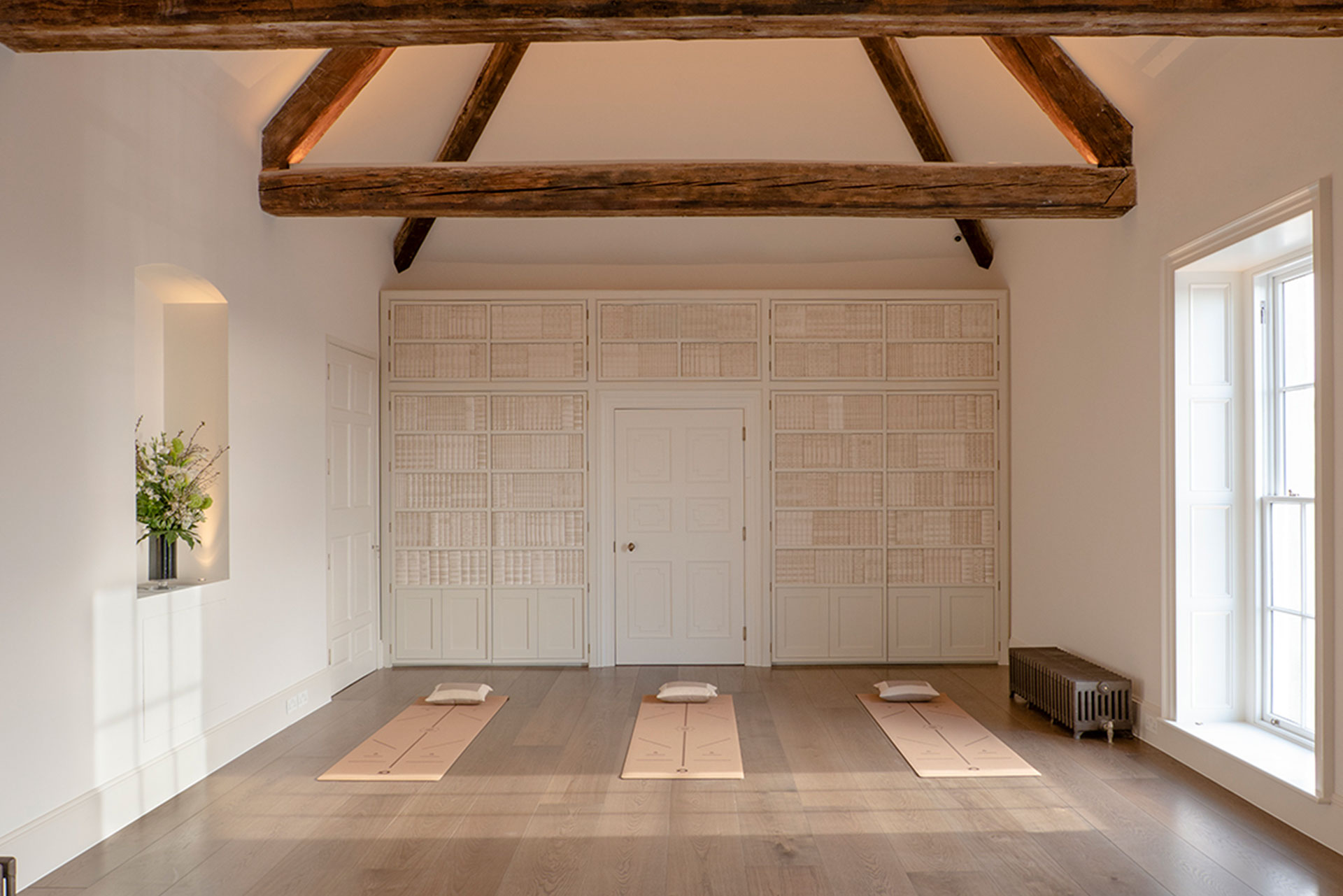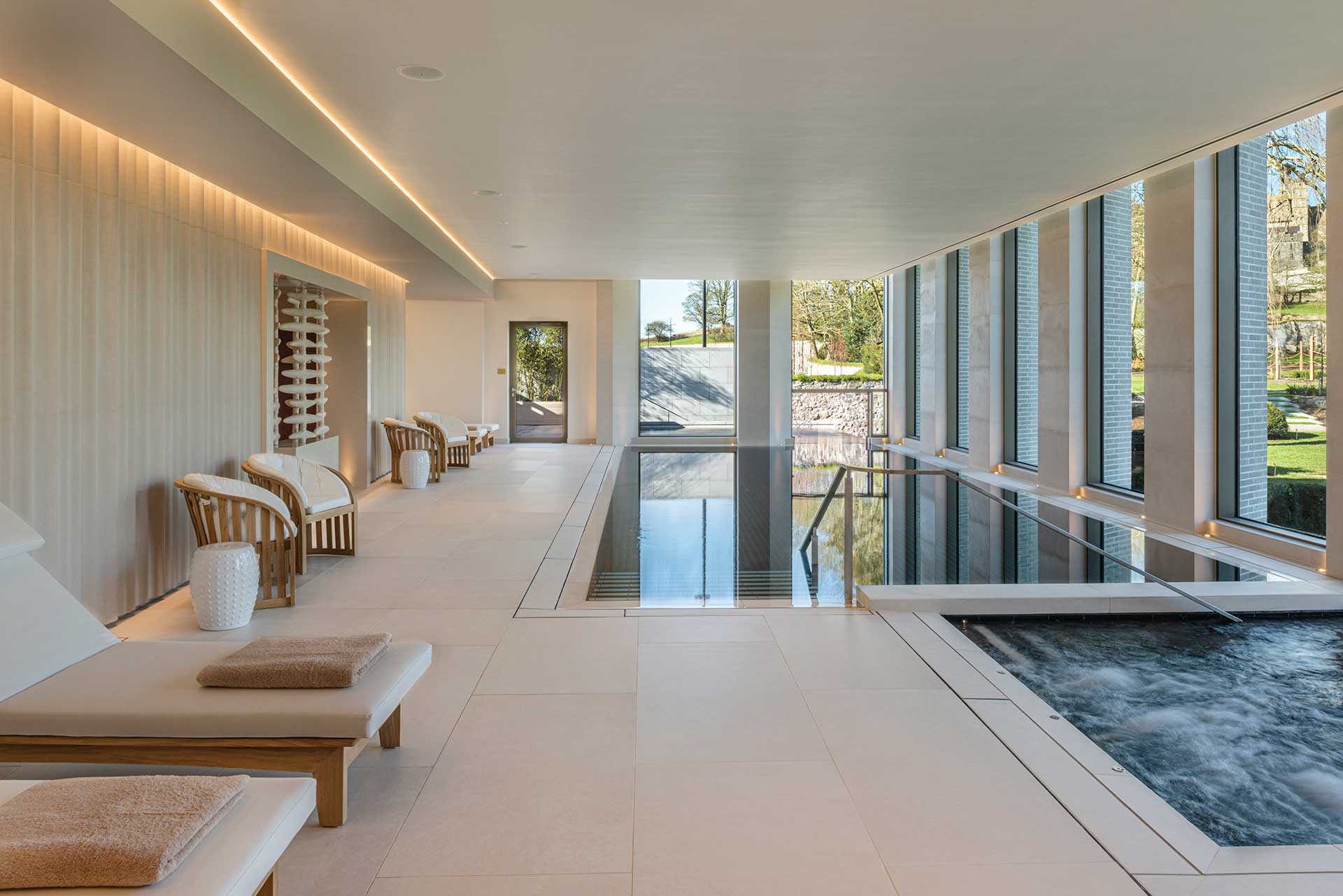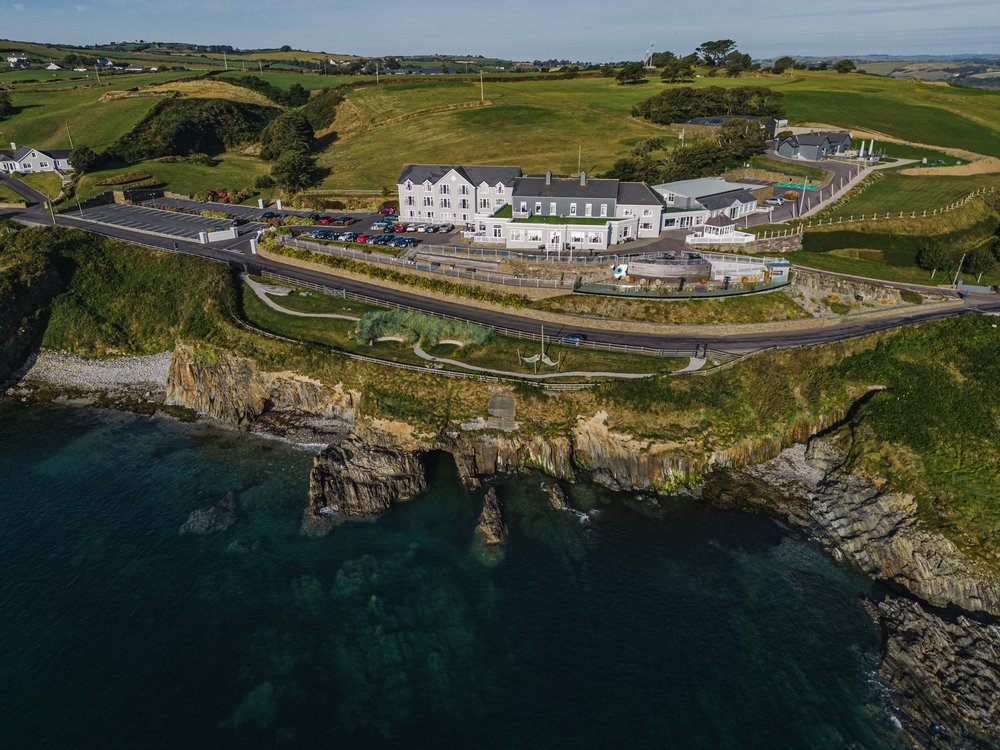
Speed, everyone wants it. How do you get faster?
Firstly, everyone’s limitations are different, for some it’s flexibility, for others strength and for many it’s muscle activation patterns. Muscles have an order in which they turn on and switch off, and over time, they can learn a bad pattern (pick up a poor movement pattern habit) which can lead to inefficient running and/or overuse injuries. Chartered Physiotherapists and expert Athletics Coaches are taught to identify these limitations. This should be your starting point. Identify and learn to manage this issue. Think about it, if someone is running with tight hip flexors, lats, or spinal erectors, they won’t be able to effectively extend their hip. And if they can’t effectively extend their hip, that’s going to hinder their ability to run fast or jump high.
The main characteristic of elite sprinting is optimising efficiency of the anatomical properties of the body – sounds technical. At the intramuscular level this means optimising the elasticity properties of the muscles involved – become adequately flexible and strong for your sport. At the intermuscular level this means transporting the elastic energy in one leg to the other in the flight phase and directing the ground reaction forces in stance – this relates to your running technique. Most importantly POSTURE is everything. Chartered Physiotherapists can help you with this. Movements from the limbs originate from the core/pelvis area. Stabilisation at the core ensure proper limb movement.
Having spent some time recently with Frans Bosch a sprinting coach to the Welsh Rugby Union Team, I consolidated a few ideas and exercises.
Stride Rate has 2 components:
Ground contact time and flight time Flight time average 180 strides per minute (90 each leg)
Forces applied to the ground are the most important determinant of running speed:
Best Sprinters = More force, shorter period of ground contact time, therefore greater frequency.
The faster runners and sprinters spend less time on the ground:
Greater stride frequency
Although Exercise Drills alone won’t make you faster, running +exercise drills will! Here my top 3 exercises for enhancing Sprinting and Running Mechanics by targeting the key running muscles to get a greater stride frequency.
Lateral Jumps:
Stand on one leg. Jump sideways to land on the opposite leg. Bend your knee as you land, keep it strong and don’t allow it to buckle inwards. Activate your core and gluteal muscles to assist you in maintaining good alignment at the hip and knee. On landing, roll your foot to rock from your toes to the mid-foot. Use visualization techniques to assist you in maintaining good form and technique as you land and take off again. For example, visualize your body like a spring which coils up as you impact the ground and releases and takes off as you explode upwards into the jump. Ensure that you land “quietly” from each jump. This demands flexion of the ankle, knee, hip and trunk which dissipates and reduces the ground reaction force being applied to the body tissues. Dissipation of ground reaction forces is key in the prevention of injuries.
Lateral jumps “Heidens” are great for going tri-planar with your power production and force absorption. Obviously the goal is to dominate and control the linear plane first, but once we have that sorted – time to start moving in different planes.
I like to use lateral jumps with a focus on deceleration first and foremost. Jumping laterally on one leg from side-to-side is often quite challenging for athletes. Once you’ve mastered the exercise we make it more reactive, jumping quickly from side-to-side. And when you factor in the ability to jump at various angles (i.e side-to-side, 45-degree angles, etc.), it makes for a great exercise with tons of room for variation.
Repetition of this exercise while paying close attention to correct form and technique will improve lower limb power for sprinting and jumping activities and will enhance neuromuscular dynamic control of lower extremity valgus (hip adduction, knee abduction and ankle eversion) for activities when the body weight is supported on one limb.
Box Jumps
Jump with both feet up onto a height. DO NOT bend the knees/hips/ankle too much before you jump up (10-15deg max flexion at these joints). Visualise your body like a spring which coils up as you impact the ground and releases and takes off as you explode upwards into the jump. Ensure that you land “quietly” from each jump. This demands flexion of ankles, knees, hips and trunk which dissipates and reduces the ground reaction force being applied to the body tissues. Dissipation of ground reaction forces is key in the prevention of injuries. Ensure your knees stay strong and don’t buckle inwards as you land. Roll your feet to rock from your toes to midfoot as you land. Visualize yourself hitting the ground like a feather.
Box jumps are not only great for training vertical power production, but they reduce the eccentric load and pounding on the athlete. Focusing on a controlled jump and land again gives athlete time to develop body awareness, stability and control, before focusing on force production. Another side benefit of box jumps is that you can do them on two legs, one leg front and back, one leg laterally.
Clean and Press
This exercise strengthens the core, lower and upper body muscles by lifting a barbell to waist, the shoulder and height and over-head. The quick lifting of the barbell over head from shoulder height is aimed at increasing power of the extensor muscles. Good core stability facilitates the development of power in the limbs.
In rehabilitation of injury, the restoration of muscle strength and endurance is key to regaining full functional ability. Isotonic muscle action is the development of muscle tension against resistance through the full range of movement of the joint. This occurs by shortening (concentric) or lengthening (eccentric) contractions of the muscle. Core stability exercises improve the ability of the muscles of the trunk and pelvis to stabilize and control movement of the trunk.
And you thought Yoga was all about stretching!! Performance Yoga is all about injury prevention and Sport Specific Movement Efficiency.



